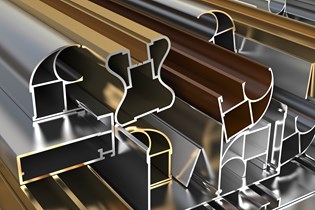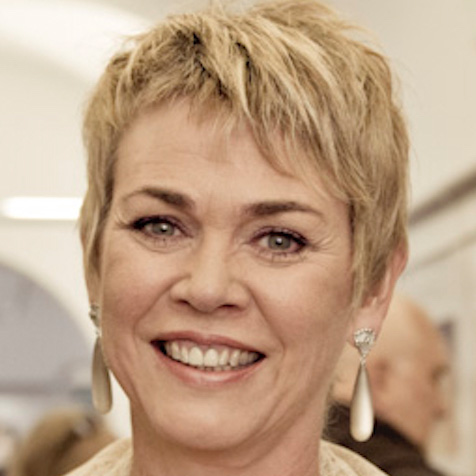This brief overview of anodic oxidation is comprised of three parts: anodizing circuit, oxide growth, and anodizing strategies. A virtual picture of the anodizing circuit is developed to help understand the reactions that occur at the anode, in the electrolyte, and at the cathode. The basic mechanism for anodic oxide growth connects the microstructure of the substrate to the oxide structure. Understanding process-mechanism-base metal connections enables the development of anodizing strategies for optimized oxide structures that are tuned to meet design and application requirements.
Agenda:
- Anodizing circuit
- Oxide growth
- Anodizing strategies





